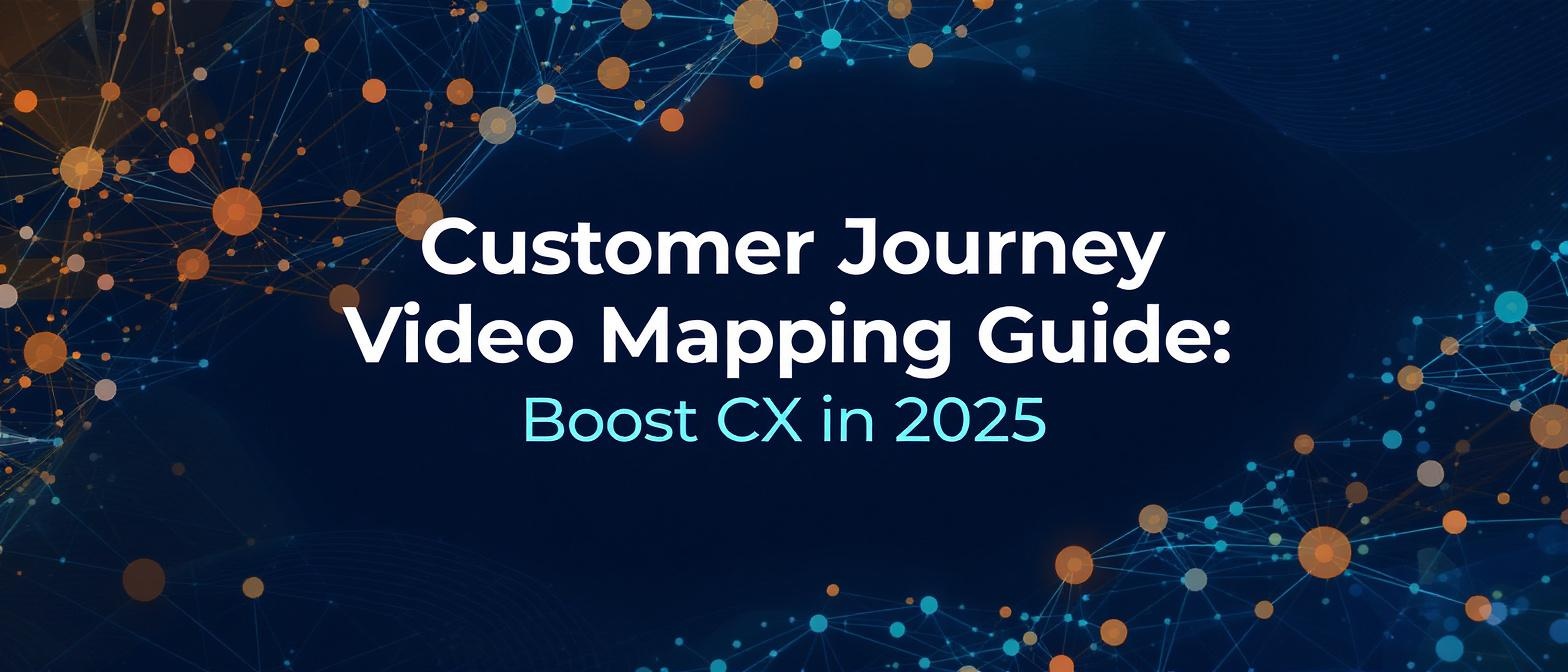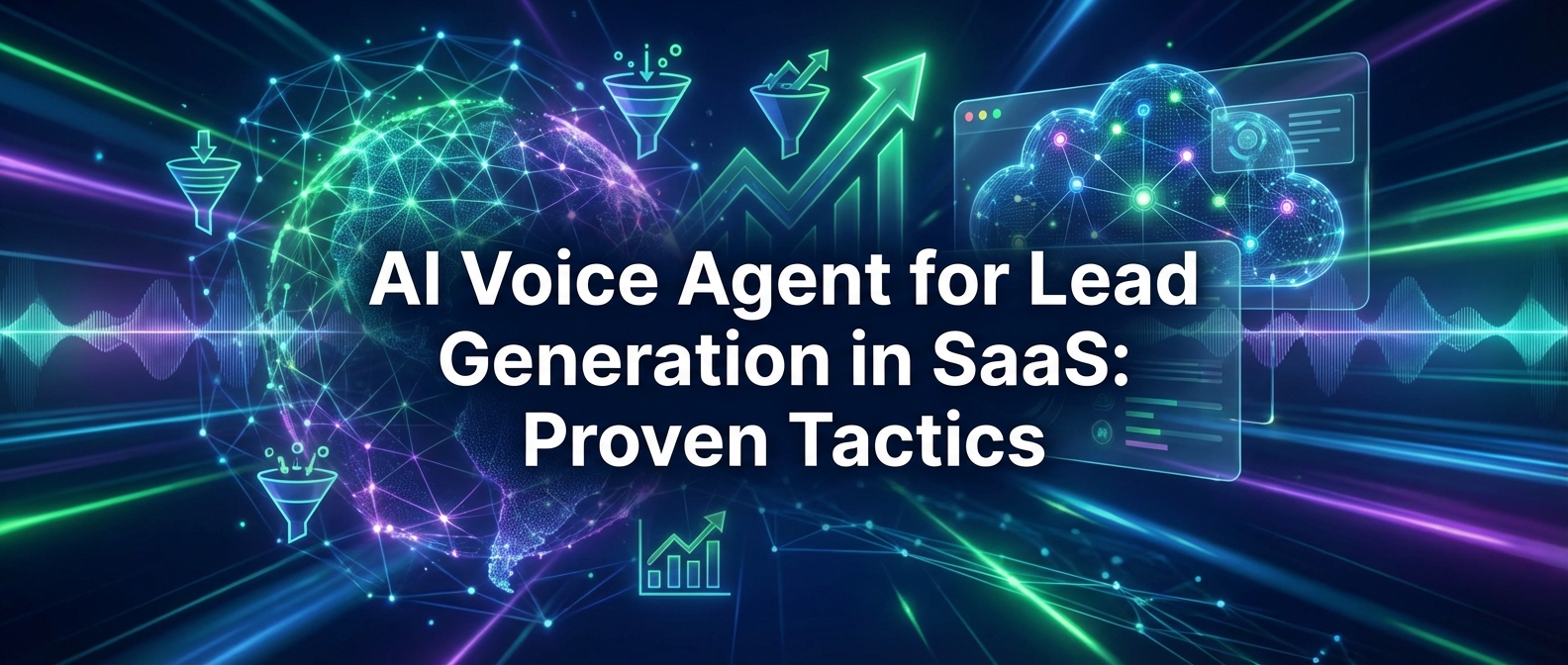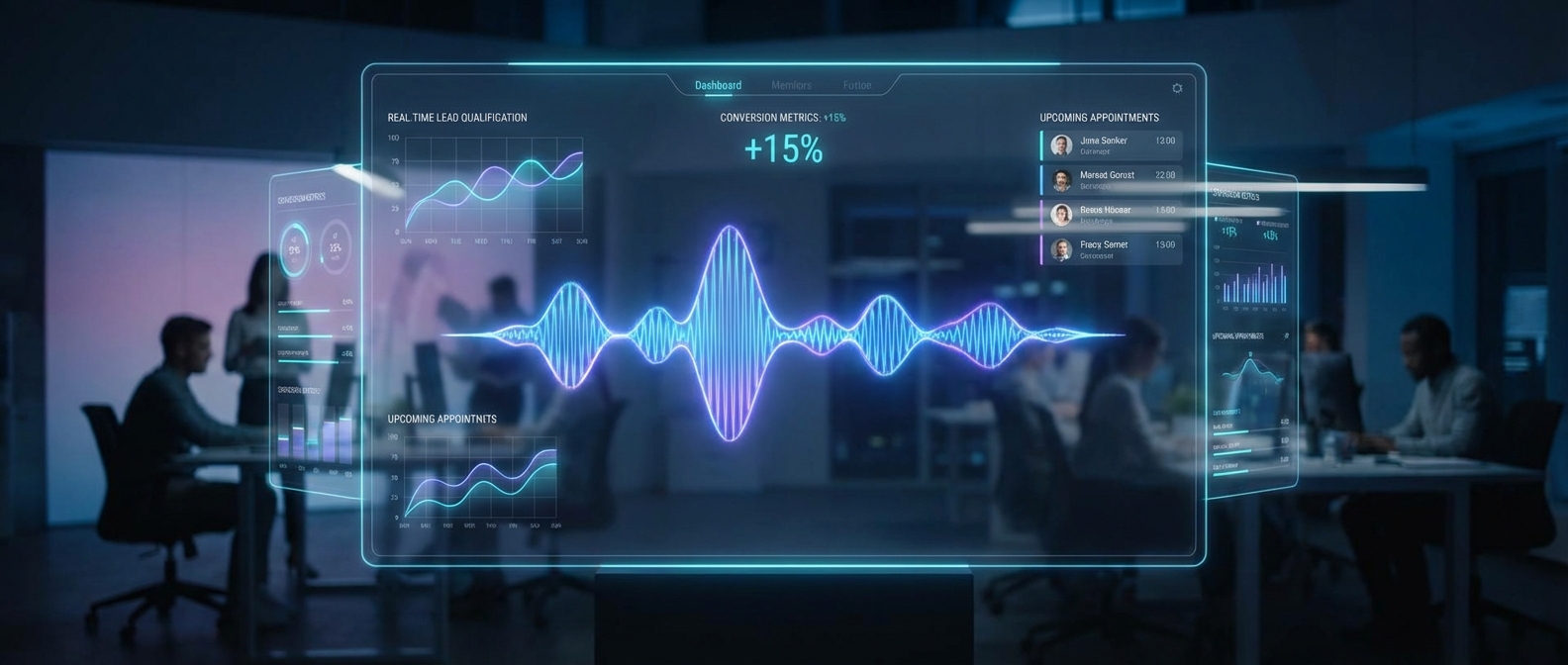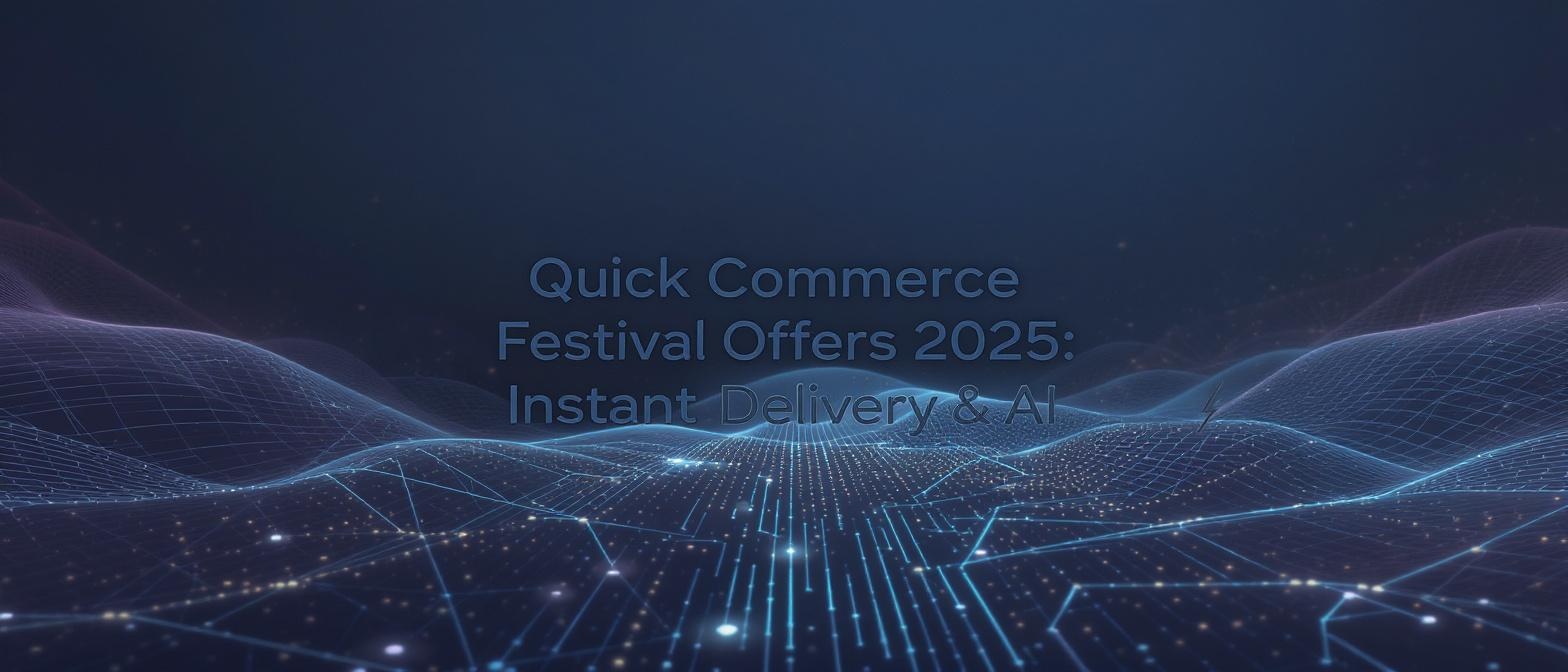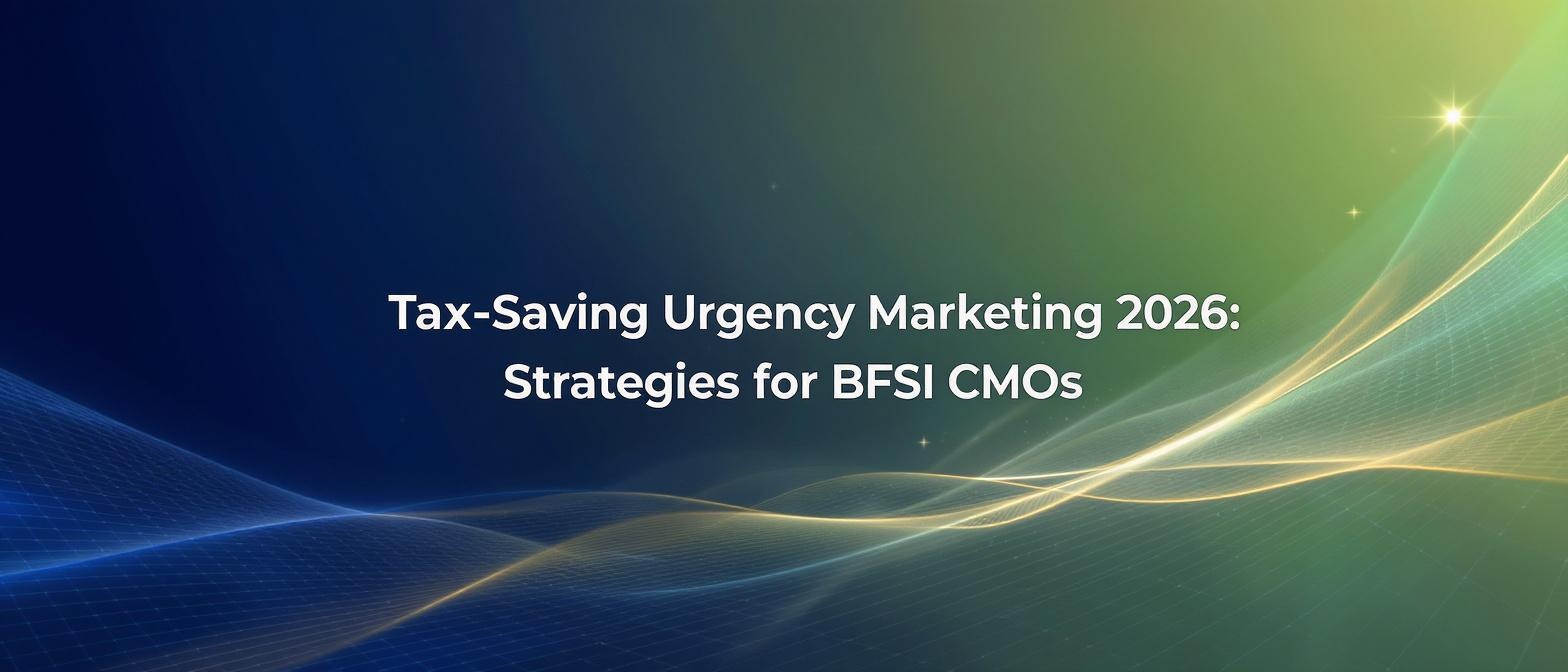Customer Journey Video Mapping: A Strategic CX Playbook for 2025
Estimated reading time: 12 minutes
Key Takeaways
- Video-first CX is mandatory for brand success in 2025.
- Detailed customer journey maps highlight the best video touchpoints.
- Personalization significantly boosts engagement and ROI.
- Data analytics guide continuous optimization of video content.
- Enterprise solutions like TrueFan enable easy scaling of personalized campaigns.
Introduction to Customer Journey Video Mapping
In today’s digital-first landscape, the customer journey is no longer a linear path but a complex web of interactions. To win hearts and minds, brands must connect with customers at every turn. This is where customer journey video mapping, a critical component of any modern customer experience video strategy https://www.truefan.ai/blogs/enterprise-video-personalization-strategy, comes into play.
Customer journey video mapping is the strategic practice of creating a visual representation of every stage in the customer experience, using tailored video assets to build empathy, pinpoint friction, and align cross-functional teams around authentic customer needs. It’s about moving beyond spreadsheets and seeing the journey through your customer’s eyes, with video as the lens. The ultimate purpose is to improve clarity across marketing, product, and support teams, unifying strategy under a single, customer-centric vision https://www.truefan.ai/blogs/enterprise-video-personalization-strategy.
As we look towards 2025, the dominance of video is undeniable. According to Wyzowl’s latest report, an overwhelming 89% of businesses now use video as a core marketing tool. Furthermore, a 2025 trend insight from Social Beat reveals that short-form and interactive videos now drive a staggering 65% of social engagement in India, signaling a massive shift in how consumers want to engage with brands. This makes a cohesive customer experience video strategy not just a nice-to-have, but an absolute necessity for survival and growth.
Source: https://www.interaction-design.org/literature/topics/customer-journey-map
Source: https://contentsquare.com/guides/customer-journey-map/benefits/
Source: https://www.socialbeat.in/blog/video-marketing-trends-2025-india/
Source: https://wyzowl.com/video-marketing-statistics/
Mapping the Customer Journey Stages with Video
A successful customer journey video mapping exercise begins with a clear understanding of the customer lifecycle. While models vary, the journey can typically be broken down into six distinct stages. For each stage, a specific type of video content can be deployed to meet the customer’s needs and move them effectively to the next phase.
This is the foundation of lifecycle video marketing https://www.truefan.ai/blogs/enterprise-video-personalization-strategy—a practice where video content is thoughtfully woven into every phase to create a consistent and supportive brand narrative.
Here’s a breakdown of the six core Customer Experience (CX) stages and the ideal video formats for each:
1. Awareness Stage:
- Goal: Capture attention and introduce your brand.
- Video Types: Brand story trailers, high-impact social media teasers (15-30 seconds), and educational videos that solve a common problem in your industry.
2. Consideration Stage:
- Goal: Educate potential customers and showcase your value proposition.
- Video Types: In-depth explainer videos, product demonstration videos, and case study testimonials that build credibility.
3. Purchase Stage:
- Goal: Overcome final objections and guide the customer to a decision.
- Video Types: Detailed product walkthroughs, testimonial reels from happy customers, and FAQ videos addressing common purchase barriers.
4. Onboarding Stage:
- Goal: Welcome new customers and ensure they achieve initial success.
- Video Types: Step-by-step tutorial videos, welcome messages from the CEO or team, and guided tours of your product or service.
5. Retention Stage:
- Goal: Keep customers engaged and encourage repeat business.
- Video Types: Feature update clips, exclusive content for loyal customers, and personalized “welcome-back” messages for inactive users.
6. Advocacy Stage:
- Goal: Turn satisfied customers into vocal brand champions.
- Video Types: Personalized thank-you videos, user-generated content (UGC) highlight reels, and invitations to join a referral or loyalty program.
To put this into practice, here is a simple template for your team:
| CX Stage | Video Goal | Ideal Video Format | Primary Channel(s) |
|---|---|---|---|
| Awareness | Grab attention, introduce brand | Brand Story Teaser, Social Ad | YouTube, Instagram Reels, Facebook |
| Consideration | Educate and build trust | Explainer Video, Demo | Website Landing Pages, LinkedIn |
| Purchase | Convert and reassure | Testimonial Reel, Walkthrough | Product Pages, Email Campaigns |
| Onboarding | Guide and empower | Tutorial Series | In-App, Welcome Email Series |
| Retention | Nurture and re-engage | Feature Update, Loyalty Message | Email, Push Notifications |
| Advocacy | Delight and mobilize | UGC Spotlight, Thank-You Video | Social Media, Community Forums |
Video Touchpoint Optimization
Once you’ve mapped your journey stages, the next step is video touchpoint optimization. This is the granular process of selecting, placing, and refining video assets at key interaction points to minimize friction, enhance engagement, and maximize conversions. Every place a customer interacts with your brand is an opportunity to serve a relevant, timely video.
Key Channels & Tactics:
- Website: Implement adaptive-loading hero videos on your homepage to make a strong first impression without slowing down the site. Embed short explainers on feature pages.
- In-App: Use micro-videos (5-10 seconds) to guide users through complex workflows or highlight new features, reducing the need for lengthy text-based tutorials.
- Email: Leverage triggered emails with embedded video thumbnails (which increase click-through rates) for cart abandonment reminders, re-engagement campaigns, or onboarding sequences.
- Social Media: Create platform-native vertical videos for Instagram Reels, YouTube Shorts, and TikTok. Tailor the content, pacing, and captions to match the expectations of each platform’s audience.
Core Optimization Strategies:
- Segmentation: Don’t serve the same video to everyone. Segment your audience by persona, lifecycle stage, or past behavior to deliver the most relevant creative possible. A new visitor should see a brand introduction, while a loyal customer might see an exclusive sneak peek.
- A/B Testing: Continuously test video elements to improve performance. Pit different thumbnails, calls-to-action (CTAs), and video lengths against each other. Does a 15-second cut outperform a 60-second one on social media? Data holds the answer.
- Interactivity: Modern video is not a passive experience. Leverage interactive features like clickable overlays, in-video forms, and branching logic (where viewers choose their own path). Platforms like Studio by TrueFan AI enable https://www.truefan.ai/blogs/video-personalization-api-guide the creation of dynamic video content that can be easily customized and tested for different segments.
Source: https://www.signavio.com/post/customer-journey-mapping/
Source: https://www.mhcautomation.com/blog/customer-journey-mapping-software/
Crafting a Personalized Video Customer Journey
To truly stand out in 2025, brands must move beyond generic messaging and create a personalized video customer journey. This involves delivering one-to-one videos that are dynamically populated with customer data—such as their name, past purchases, or location—to forge a powerful, emotional connection and drive specific actions. Research from HubSpot indicates that personalization is a top priority, with nearly 14% of marketers planning to increase their investment in it for 2025.
Technical Techniques Behind Personalization:
- Dynamic Video Templates: This is the core technology. A master video is created with designated placeholders (or “merge tags”) for text, images, and even entire video clips. These placeholders are then filled with individual customer data via an API call.
- Data Orchestration: To power these templates, you need a robust data pipeline. This involves ingesting fields from your Customer Relationship Management (CRM) or Customer Data Platform (CDP)—like first_name, membership_tier, or last_product_viewed—and mapping them to the variables in your video template.
- Automated Content Assembly: Advanced personalization uses conditional logic to swap out entire scenes or elements. For example, a rule could be set to automatically show a specific product image in the video if the customer’s cart value is over ₹2,000, or feature a different background based on their city.
The Business Impact is Monumental:
- Higher Retention: Personalized videos can lead to up to 4x higher customer retention rates. https://www.truefan.ai/blogs/video-personalization-roi-metrics
- Improved ROI: Campaigns utilizing personalization often see a 30% or greater uplift in ROI.
- Stronger Loyalty: The “wow” factor of a personalized video directly translates to a higher Net Promoter Score (NPS).
Real-World Example: Hero MotoCorp executed a brilliant festive campaign where celebrity brand ambassadors sent personalized greeting videos to millions of customers. Each video mentioned the customer’s name and their nearest dealership, creating a hyper-relevant message that boosted service-camp visits by an impressive 20%.
Source: https://www.salesforce.com/marketing/engagement/journey-orchestration/customer-journey-mapping/
Source: https://www.hubspot.com/marketing-statistics
Integrating Lifecycle Video Marketing
Lifecycle video marketing https://www.truefan.ai/blogs/enterprise-video-personalization-strategy is the strategic thread that weaves all these elements together. It’s a holistic approach that ensures video content is consistently and proactively delivered throughout every phase of the customer relationship, from the first touchpoint to the moment they become a brand advocate. This creates a seamless brand story and a supportive customer experience.
Instead of one-off video campaigns, think of a continuous, automated flow of video communication triggered by customer actions and milestones.
Use Cases & Timing:
- Day 1 Onboarding: A new customer signs up and instantly receives a personalized welcome video that walks them through the first critical steps.
- Month 1 Engagement: A series of short, helpful tip videos are dripped out over the first month to help the customer discover more value in your product.
- Quarter 1 Loyalty: The customer reaches a loyalty milestone (e.g., 10th purchase) and receives a celebratory message from a brand ambassador. With Studio by TrueFan AI’s 175+ language support and AI avatars https://www.truefan.ai/blogs/video-personalization-api-guide, this can be scaled globally with authentic, localized messaging.
- Renewal/Repurchase: Just before a subscription renews, a personalized video reminds the customer of the value they’ve received and presents a special renewal offer.
- Advocacy & Community: Your most active users receive “thank you” videos and are featured in community spotlight reels, encouraging user-generated content (UGC).
Case Study in Action: Zomato’s Mother’s Day campaign is a masterclass in lifecycle video marketing. They integrated a personalized video experience directly into their purchase flow, allowing users to send a unique celebrity video greeting to their mothers after placing an order. This single campaign generated over 354,000 unique video clips, driving record orders and immense brand love.
Source: https://www.salesforce.com/marketing/engagement/journey-orchestration/customer-journey-mapping/
Video Engagement Journey Analytics
A strategy is only as good as its ability to be measured. Video engagement journey analytics is the discipline of end-to-end measurement, tracking video effectiveness and its impact on customer behavior across the entire CX funnel. Without data, optimization is just guesswork. Wistia’s 2025 State of Video Report highlights that videos placed on key landing pages and blog posts see engagement rates above 40%, proving the value of strategic placement.
Key Metrics & Tools You Must Track:
- Play Rate: The percentage of visitors who click play. This is a primary indicator of your thumbnail’s and placement’s effectiveness.
- Completion Rate & Drop-off Points: What percentage of viewers watch the entire video? Analyzing drop-off moments (using heatmaps from tools like Vidyard or Wistia) tells you exactly where your content becomes less engaging.
- CTA Click-Through Rate (CTR): How many viewers clicked your in-video call-to-action? This directly measures the video’s ability to drive action.
- Conversion Lift: By tracking cohorts, you can measure the conversion rate of users who watched a video versus those who didn’t. This is the ultimate proof of ROI.
- Funnel Analysis: Use tools like Google Analytics 4 to create funnels that track the user’s next step after viewing a video. Do they proceed to a product page or exit the site?
Analytical Best Practices:
- Set Benchmarks: Establish baseline performance metrics for different types of videos (e.g., a tutorial vs. a brand ad) to enable fair comparison.
- Use Cohort Analysis: Compare the behavior of different audience segments. For example, does a personalized video drive more conversions among VIP customers compared to new users?
- Iterate Based on Data: Use insights from drop-off timestamps to re-edit your videos. If 80% of viewers leave after 10 seconds, your intro needs work.
Source: https://www.mhcautomation.com/blog/customer-journey-mapping-software/
Source: https://contentsquare.com/guides/customer-journey-map/benefits/
Source: https://wistia.com/learn/marketing/video-marketing-statistics
Developing a Customer Experience Video Strategy
Executing this playbook requires a formal customer experience video strategy https://www.truefan.ai/blogs/enterprise-video-personalization-strategy. This is the high-level framework that aligns your video efforts with core business objectives, ensuring every piece of content is purposeful, on-brand, and measurable.
Here is a 7-step framework for developing your strategy:
- Define Objectives & KPIs: Start with the end in mind. Are you trying to increase brand awareness, generate qualified leads, or improve customer retention? Define specific, measurable KPIs for each goal.
- Map Audience Segments & Journey Stages: Use your existing customer data and personas to map out the distinct journey stages for each key audience segment. Identify their pain points and questions at each step.
- Audit Existing Video Assets & Gaps: Review your current video library. What assets can be repurposed? Where are the biggest gaps in your customer journey map?
- Plan Content Types & Distribution Channels: Based on your audit, create a content plan that specifies the video formats and channels you will use for each journey stage, as outlined in Section 2.
- Establish Governance: This is a critical, often-missed step. Document your brand’s visual guidelines for video, establish compliance protocols (especially for data privacy like GDPR or security standards like ISO 27001 and SOC2), and create a clear process for managing talent or celebrity consent.
- Set Up Your Tech Stack: Ensure your technology can support your strategy. This involves integrating your video platform with your CRM (e.g., Salesforce), CMS (e.g., WordPress), and CDP to enable data flow for personalization and analytics. This is where tools with robust APIs, like TrueFan, are essential.
- Launch, Monitor, and Optimize: A strategy is a living document. Launch your initial campaigns, closely monitor your analytics dashboard, and hold quarterly strategy refreshes to optimize your approach based on performance data.
Ultimately, your video strategy must be directly tied to business goals like revenue growth, support ticket reduction, or brand affinity. Agile production cycles and cross-functional task forces are industry best practices to ensure the strategy remains dynamic and effective.
Enrichment Through TrueFan Enterprise Offerings
Executing a sophisticated customer journey video mapping strategy at scale requires powerful, specialized technology. TrueFan’s enterprise offerings are purpose-built to empower brands with hyper-personalization, seamless integration, and unparalleled creative capabilities.
Core Enterprise Capabilities:
- Hyper-Personalization at Scale: Generate millions of unique, personalized videos via a robust API, with each render taking under 30 seconds. Dynamically insert customer names, purchase history, and even images into videos featuring top celebrities.
- Celebrity Likeness Technology: Leverage diffusion-based face reanimation and advanced voice cloning for over 100 of India’s biggest stars (like Kareena Kapoor Khan and MS Dhoni) through a consent-first, ethically-grounded model.
- Multilingual Output: Reach global audiences with video output in over 175 languages, all featuring perfect lip-sync to maintain authenticity and impact.
- Virtual Reshoots & A/B Testing: Swap lines of dialogue, change offers, or update messaging in existing footage without needing expensive and time-consuming new shoots. This has saved clients over 3,888 creative hours.
- Seamless Integrations: Connect directly with your existing tech stack. Use real-time webhook callbacks to receive completed videos and trigger campaigns through your CRM or WhatsApp Business API.
- Enterprise-Grade Security & Compliance: Operate with confidence knowing the platform is ISO 27001 and SOC2 certified. All celebrity usage is governed by strict contracts, and built-in content moderation filters ensure brand safety.
Enterprise Success Stories:
- Zomato: The “Maa ke liye” campaign generated 354,000 unique videos with celebrity Vidya Balan, driving record-breaking Mother’s Day orders.
- Hero MotoCorp: 2.4 million personalized festive greetings were sent, resulting in a 15% increase in service visits.
- Goibibo: Personalized travel nudge videos featuring cricketer Rishabh Pant on WhatsApp achieved a 17% higher read rate.
Technical Workflow Snippet: Integrating this power is straightforward. A simple API call initiates the process: POST /api/post_new_request with {vendor_id, order_id, data:{p1_text:“Name”, p2_text:[“Line1”,”Line2”], p1_image:“URL”}}. Your system then listens for a webhook callback which delivers the final videoUrl once the render is complete. Solutions like Studio by TrueFan AI demonstrate ROI through streamlined workflows and powerful analytics that tie video views directly to conversions https://www.truefan.ai/blogs/video-personalization-roi-metrics.
Conclusion & Next Steps
The future of customer experience is visual, personal, and data-driven. A successful customer journey video mapping strategy is no longer optional; it’s the definitive playbook for brands looking to build meaningful, lasting relationships with their customers in 2025.
By focusing on the three core pillars, you can transform your CX:
- Map & Strategize: Visually map every stage of the customer lifecycle and align your video content to meet specific needs.
- Optimize & Personalize: Use data to optimize video touchpoints and leverage AI to deliver hyper-personalized experiences at scale.
- Analyze & Scale: Measure everything, from engagement to conversion lift, and use those insights to refine your strategy and scale what works.
Your journey starts now. Begin with a comprehensive audit of your existing video touchpoints. Pilot a personalized video workflow for a key customer segment.
Frequently Asked Questions
1. What is the first step in creating a customer journey video map?
The first step is to define your customer personas and map out the key stages of their current journey with your brand, from initial awareness to post-purchase. Identify their primary questions, goals, and pain points at each stage before you even think about creating video content.
2. How do you measure the ROI of a customer experience video strategy?
ROI is measured by tying video analytics to business outcomes. Key metrics include tracking conversion lift (comparing converters who saw a video vs. those who didn’t), measuring the impact on customer lifetime value (LTV) for segments that receive personalized videos, and monitoring reductions in support-related costs due to effective tutorial videos.
3. How can a small business implement video mapping without a large budget?
Small businesses can start by focusing on high-impact stages like onboarding and purchase. Use affordable tools to create simple screen-recorded tutorials or smartphone-shot testimonials. The key is to be strategic and focus on solving a specific customer problem with each video, rather than aiming for high production value everywhere.
4. What is the difference between lifecycle video marketing and a standard video marketing campaign?
A standard campaign is often time-bound and focused on a single goal (e.g., a product launch). Lifecycle video marketing is an “always-on,” automated strategy where videos are continuously triggered by customer behaviors and milestones across their entire relationship with the brand, from welcome to advocacy.
5. How can I create personalized videos at scale?
Scaling personalized video requires a specialized technology platform. Tools are designed for this purpose, allowing you to connect a data source (like a CRM or a spreadsheet) to a video template. Solutions like Studio by TrueFan AI https://www.truefan.ai/blogs/video-personalization-api-guide even offer self-serve platforms where you can use AI avatars to generate thousands of video variations quickly and affordably.
